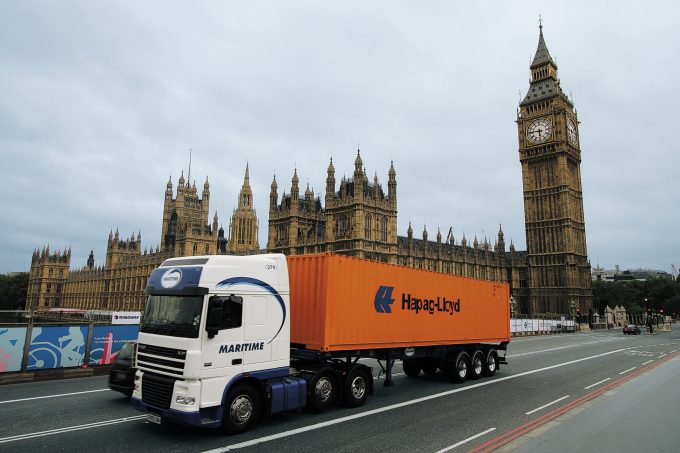MSC switches two more Asia-Europe port calls from congested Antwerp
MSC has decided to switch two more calls out of Antwerp on its Asia-North Europe ...

UK shippers have entered 2019 facing significantly higher inland container transport pricing, as shipping lines look to recoup raised haulage and empty container repositioning costs.
Sources told The Loadstar the cost of transporting a container from a deepsea gateway to the interior had risen 10-40%, with ...

Comment on this article
Martyn Benson
January 08, 2019 at 9:34 pmWhy should the exporter pay £ 200 when the problem is caused by a surplus of imports?
Surely the exporters are part of the solution, not the problem so why burden them with penalty charges?
Boxes going from FLX to the north west by road or rail? Why don’t the importers use Liverpool as their port of discharge instead of patronising southern ports (re: Cargo200 from Peel Ports). From my own calculations on the US and canada trades, at least half the containers destined or originating the northern half of the country were running via FLX, LDN or SOU, where it would be cheaper to move through LPL, so whose fault is it that inland costs are rising and who is not checking the least cost alternatives?